Projection of Solids
Theory
Understanding solids and their projections is crucial in engineering as it forms the foundation for designing and visualising various structures and components. The principles of solid geometry play a vital role in architectural planning and mechanical designing. Overall, the knowledge gained helps in implementation of designs in real-world applications.
Solids
A 3D object having length, breadth and thickness, and bounded by surfaces which may be either plane or curved or both is known as a solid. Solids can be classified under two main groups.
1. Polyhedron
It is defined as a solid bounded by planes (also known as faces). When all faces are equal and regular, it is said to be regular polyhedron. When faces of polyhedron are not equal, they may be classified under the category of Prism and Pyramid. The plural of polyhedron is known as polyhedra.
There are 5 regular polyhedron and they are defined as stated below:
i. Tetrahedron – Four equilateral triangle faces.
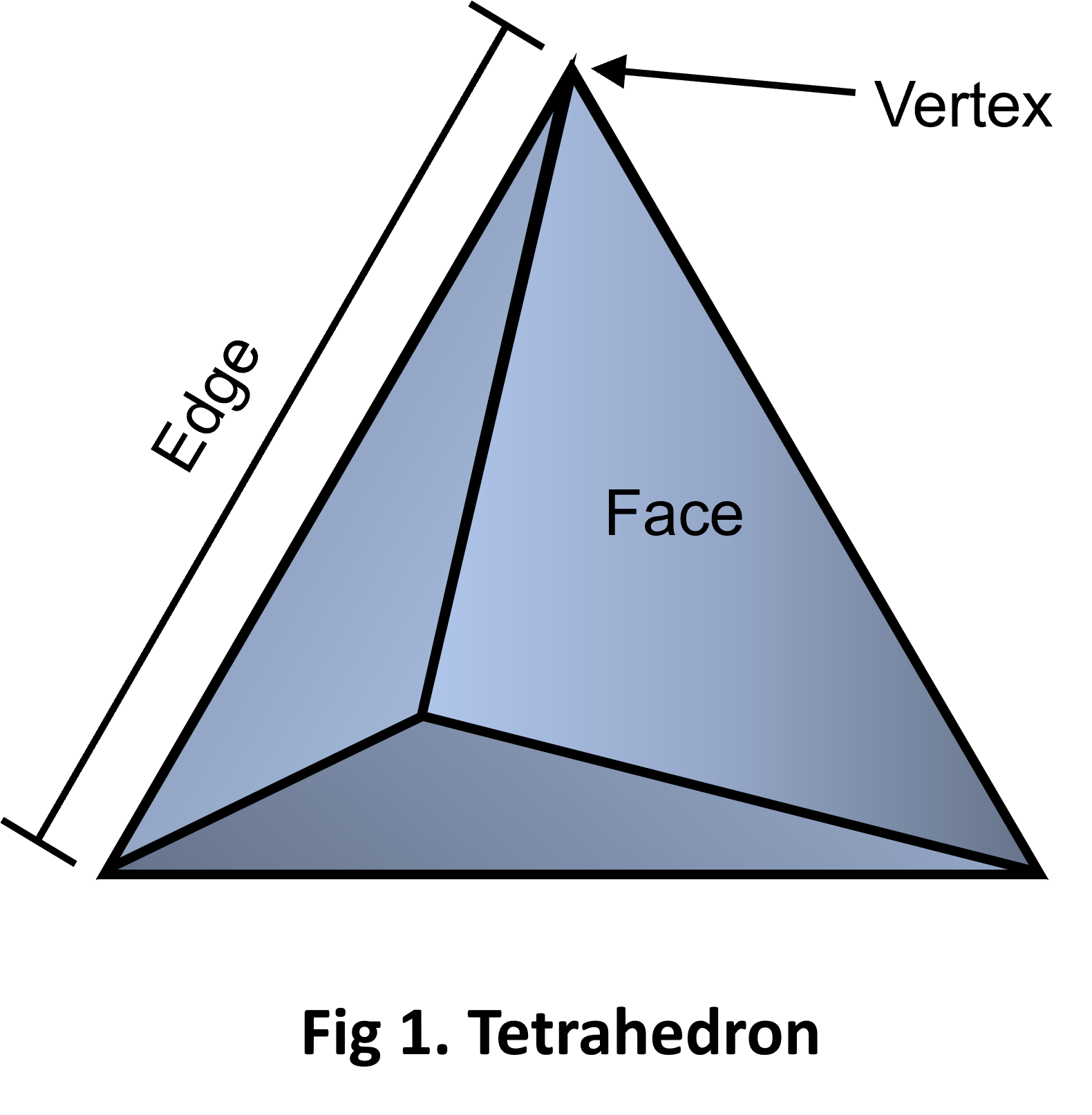
ii. Cube / Hexahedron - Six equal square faces.
.png)
iii. Octahedron – Eight equal triangular faces.
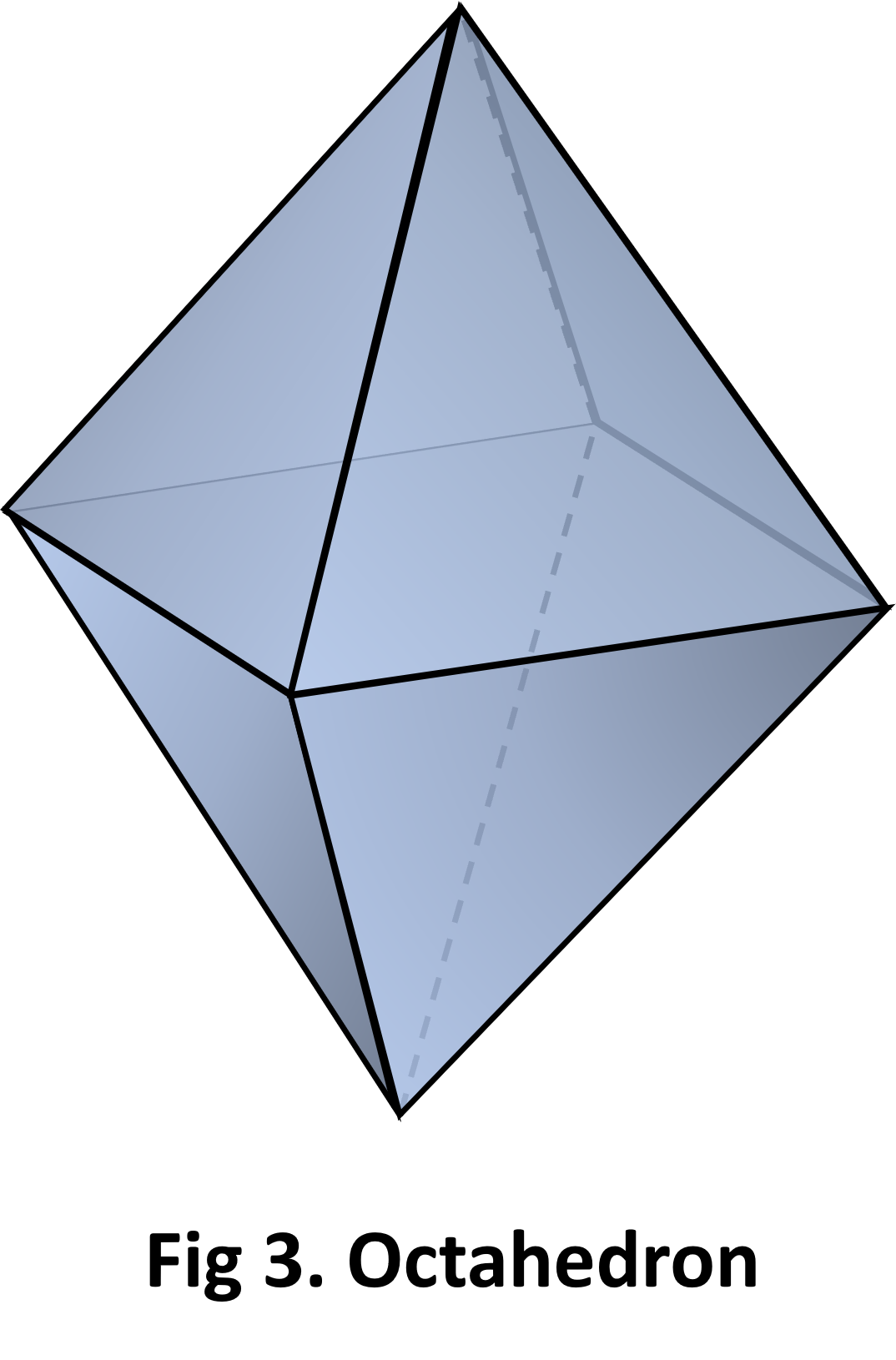
iv. Dodecahedron – Twelve equal regular pentagon faces.
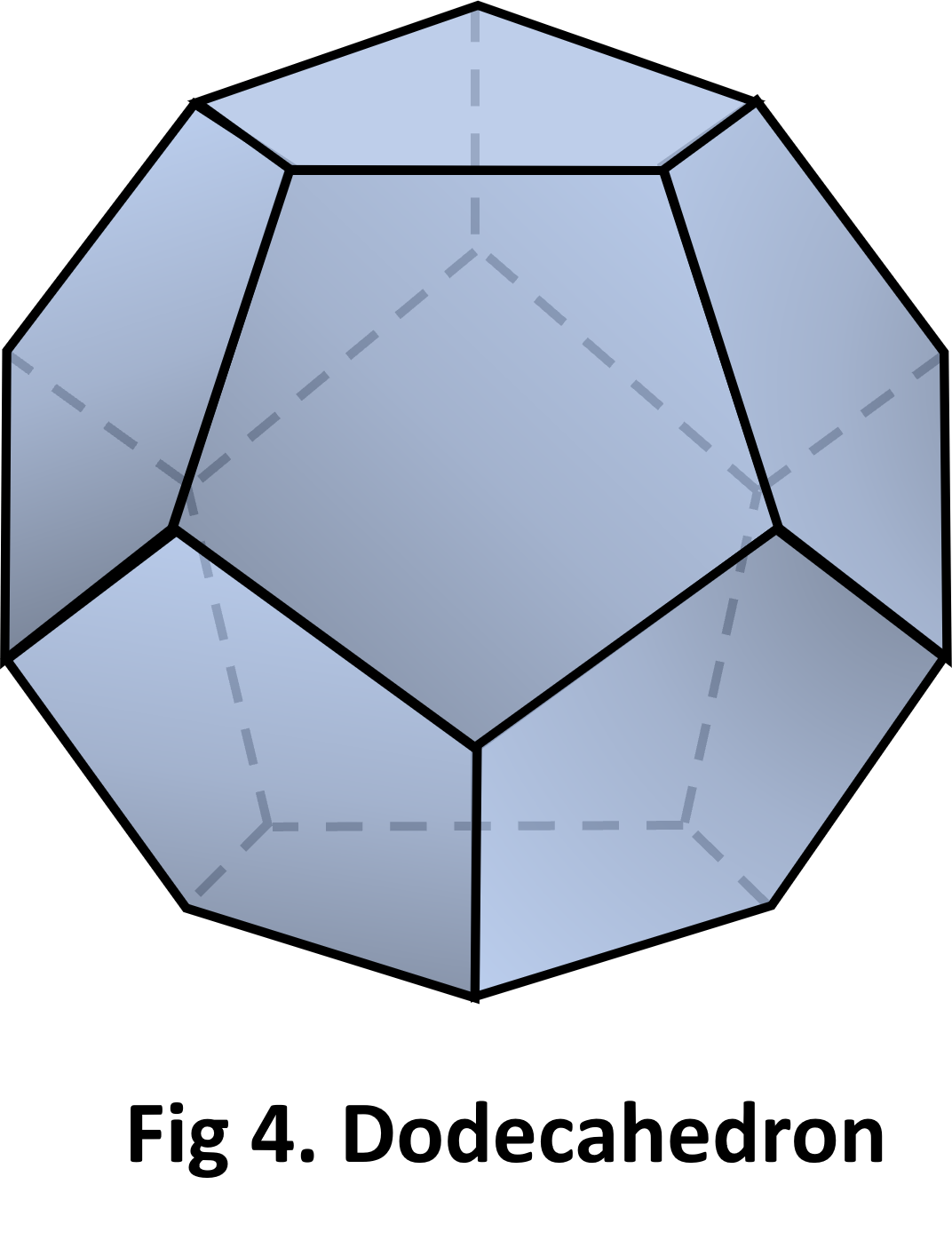
v. Icosahedron – Twenty equal equilateral triangular faces.
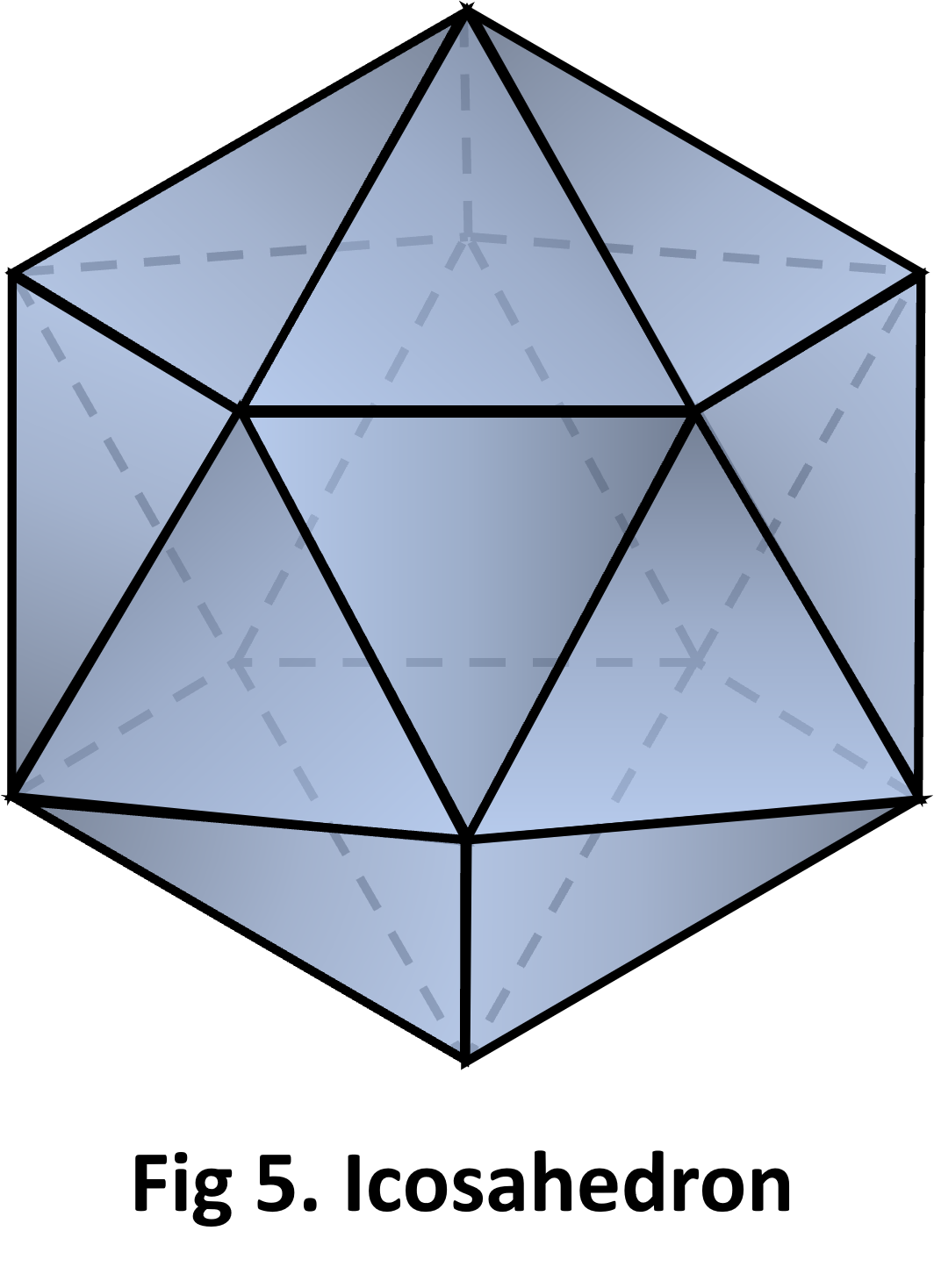
The other polyhedron can be defined as stated below:
i. Prism – A polyhedron formed by two equal parallel regular polygons, and faces connected by side faces which are either rectangular or parallelograms.
A right and regular prim has its axis perpendicular to the bases and all its faces are equal rectangle.
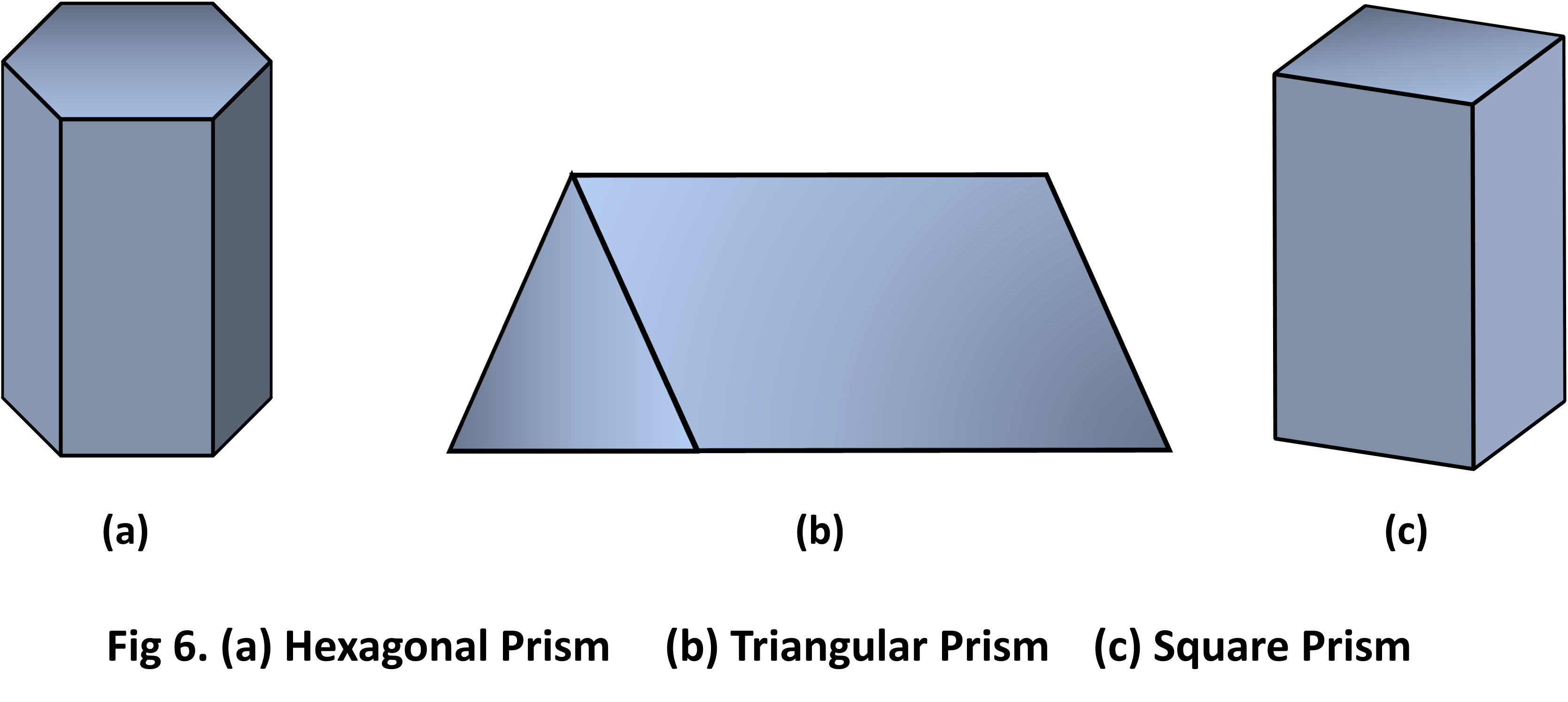
ii. Pyramid – Pyramid – A polyhedron formed by a plane surface as a base and a number of triangular faces meeting at a point, called vertex or apex. The imaginary line joining the apex with the centre of the base is known as axis.
A right and regular pyramid is formed when the axis of the pyramid is perpendicular to its base. All its faces are equal isosceles triangles.
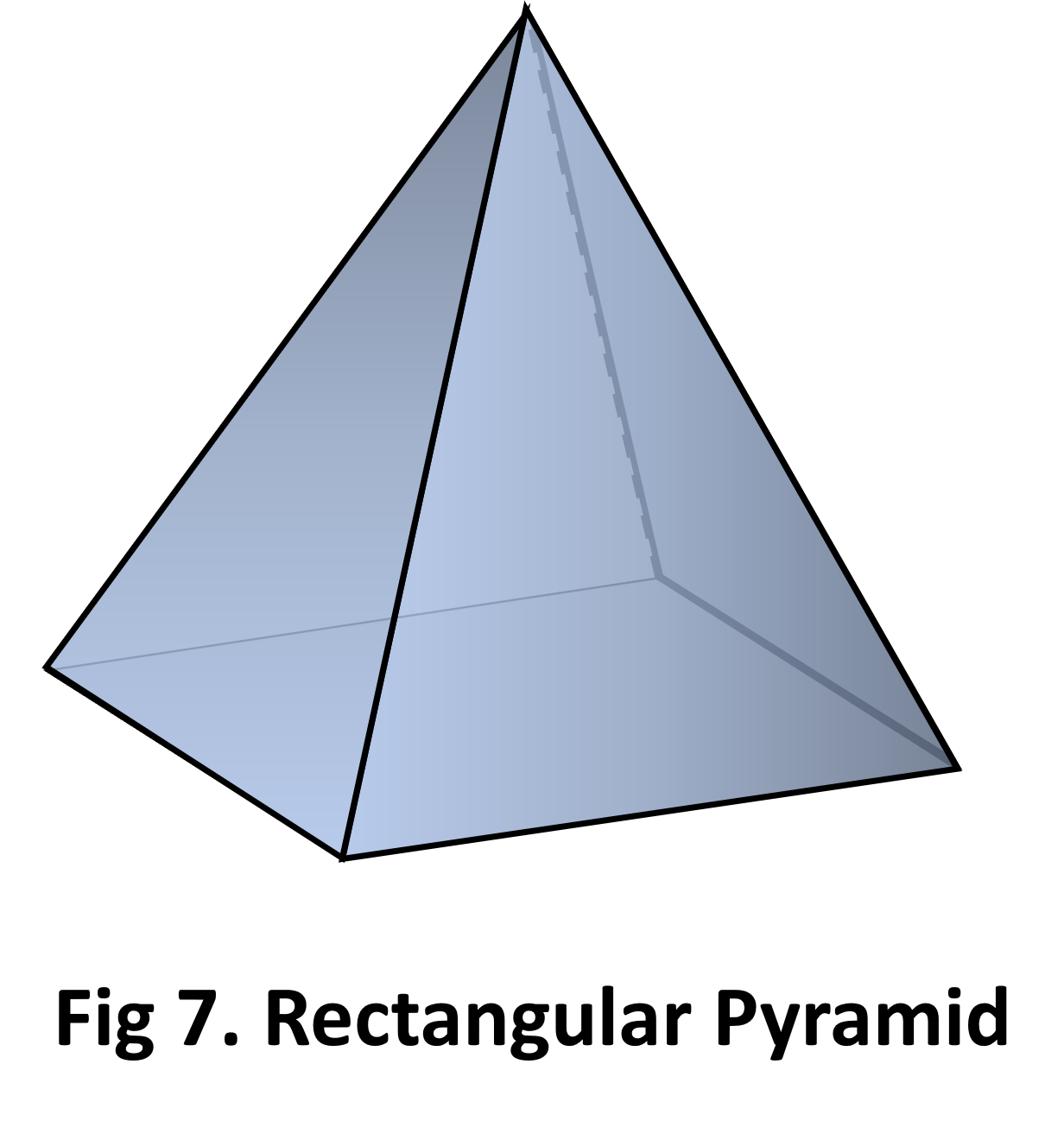
2. Solids of Revolution
A solid of revolution, as the term used in geometry, is a three-dimensional shape that is made by rotating a two-dimensional shape around an axis of rotation. The solids of revolution can be classified into 5 major types-
i. Cylinder – When a rectangle is revolved about one of its sides, the other parallel sides generate a cylinder.
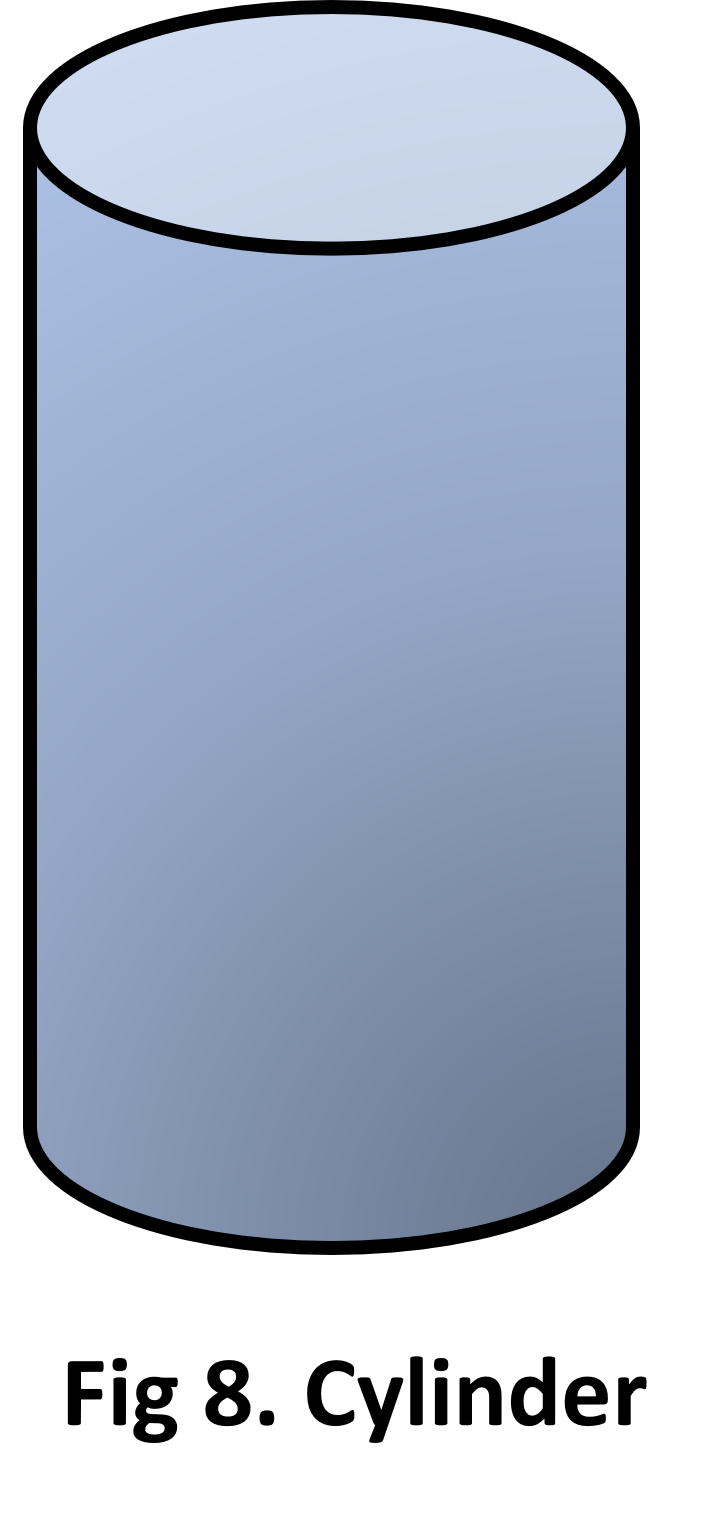
ii. Cone – When a right triangle is revolved around on of its sides. The hypotenuse of the right triangle generates a cone.
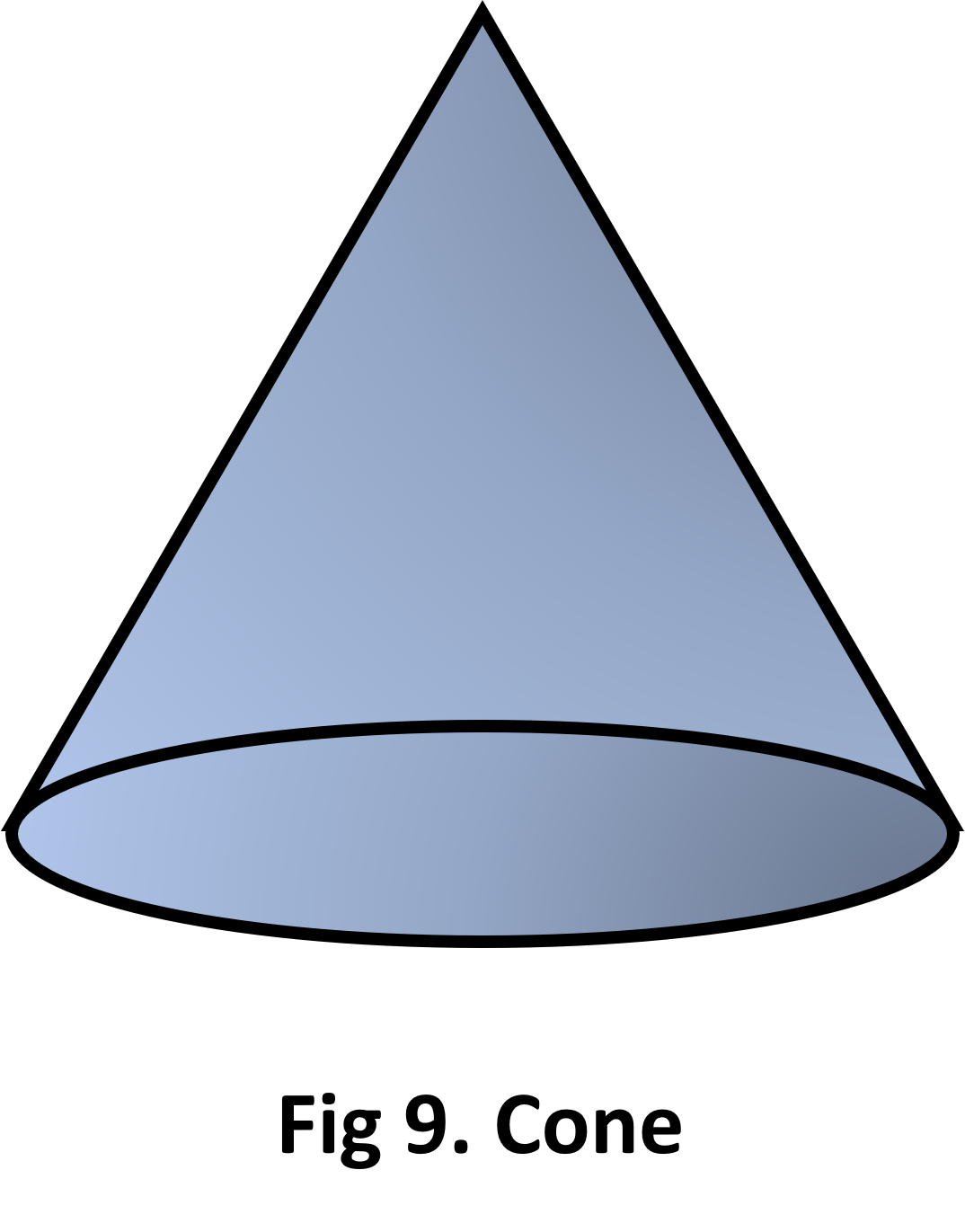
iii. Sphere – When a semicircle is revolved about its diameter, a sphere is generated.
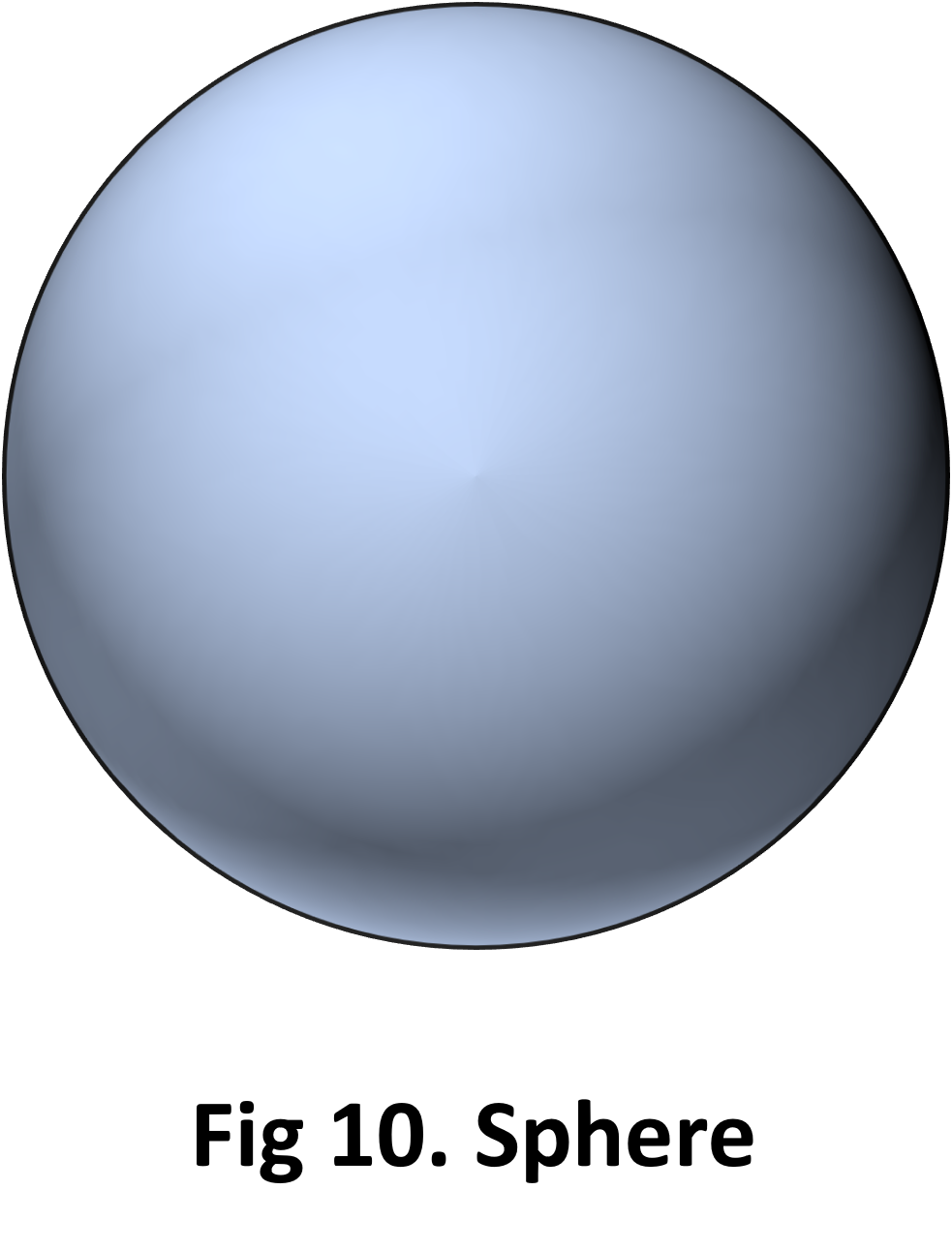
iv. Frustum – When a pyramid or a cone is cut by a plane parallel to its base, thus removing the top portion, the remaining portion is called its frustum.
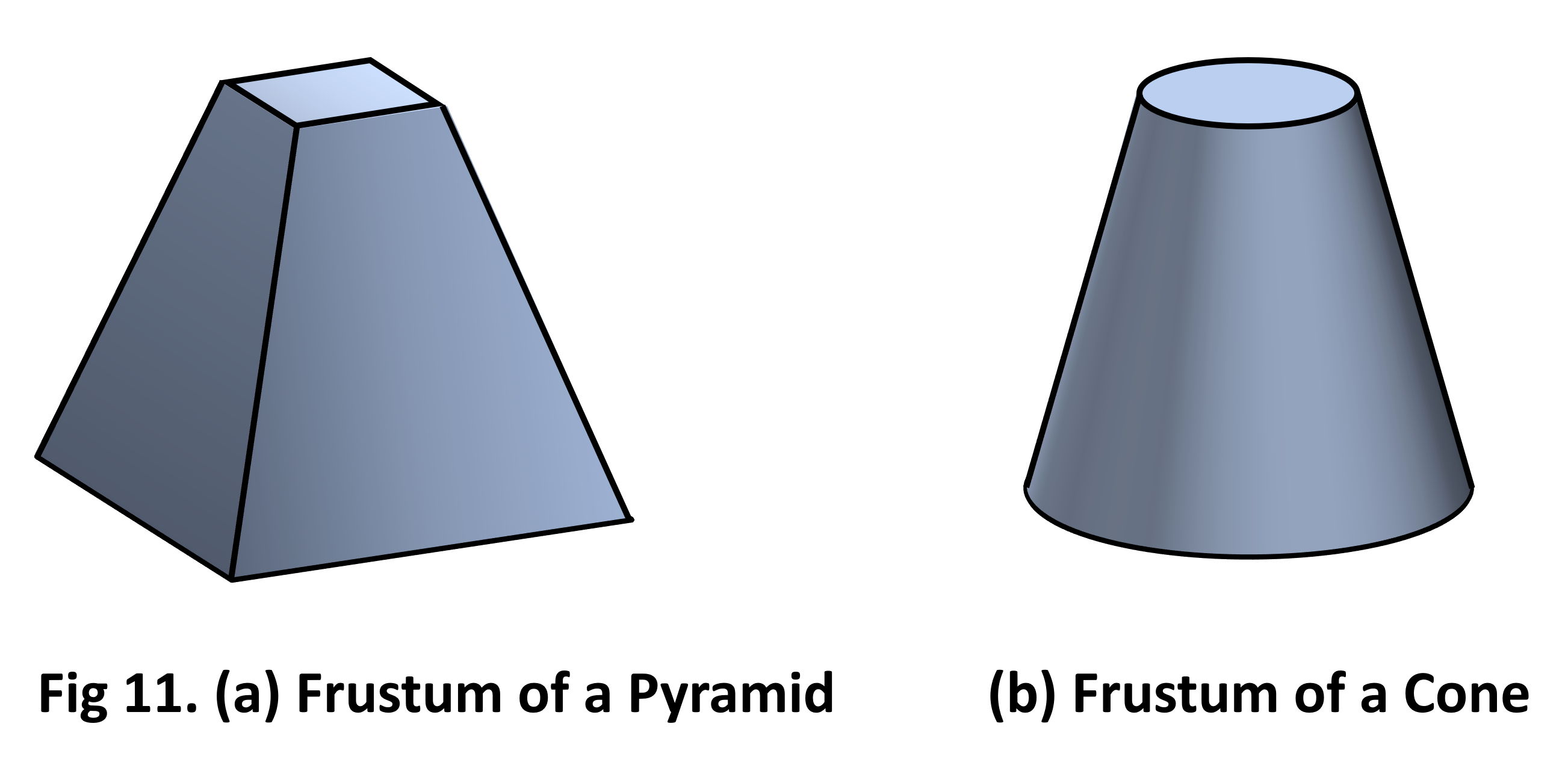
v. Truncated – When a solid is cut by a plane inclined to its base, it is said to be truncated.
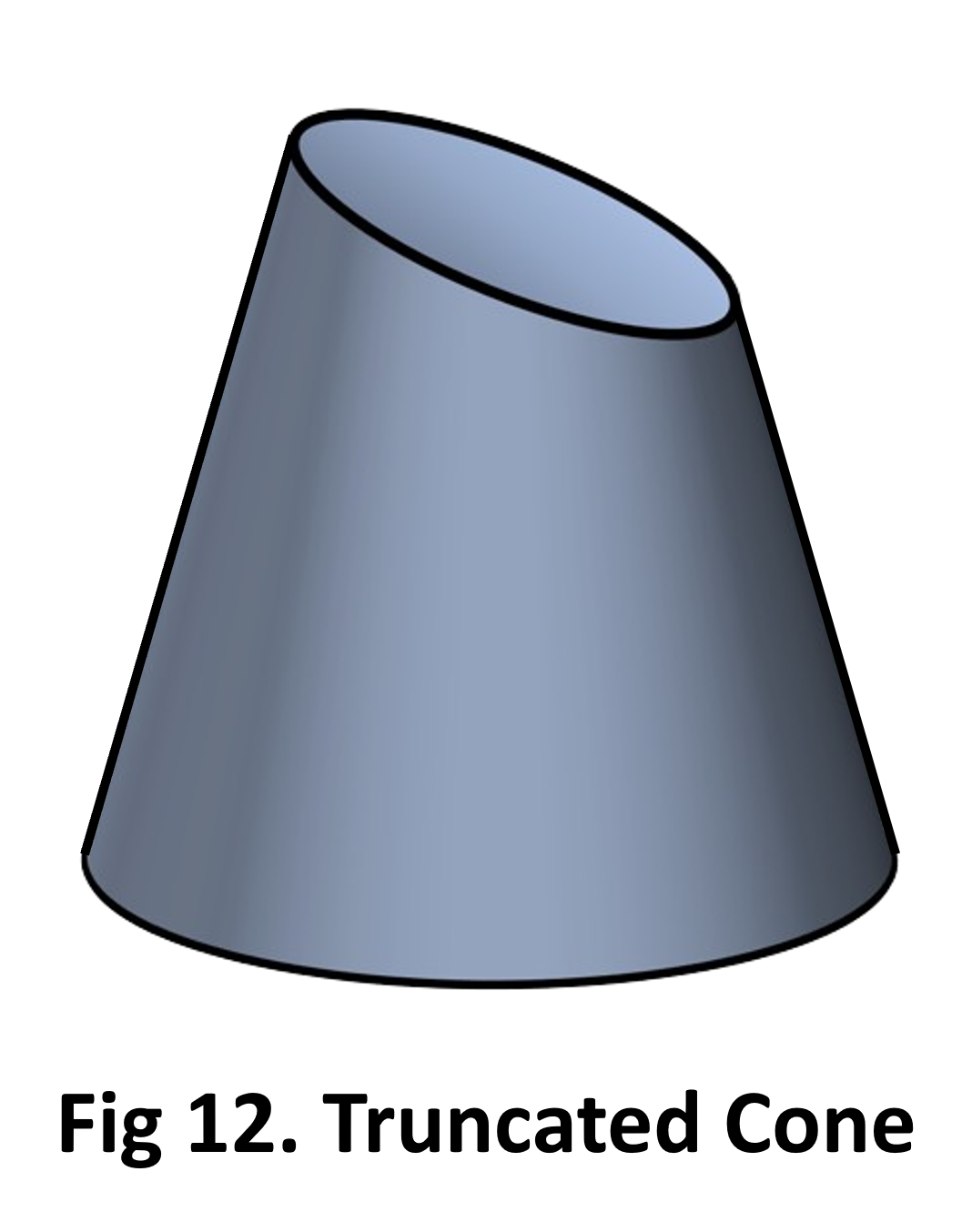
Positions of Axis of a Right Solid
- Axis perpendicular to HP and parallel to VP.
- Axis perpendicular to VP and parallel to HP.
- Axis parallel to both HP and VP, that is Axis perpendicular to a profile plane.
- Axis inclined to HP and parallel to VP.
- Axis inclined to VP and parallel to HP.
- Axis inclined to both HP and VP.
